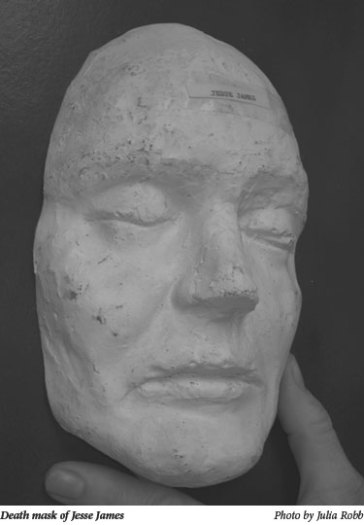Gregorio Cortez and his brother Romaldo were working as ranch hands at the W.A. Thulmeyer ranch in Karnes County one day when they saw County Sheriff W.T. Morris and his deputies riding toward them. 
It was June 12, 1901, and life for Cortez would never be the same.
Within five minutes Cortez, 25, became a martyr, folk hero and central figure in a corrido (Hispanic folk ballad), one famous to this day.
The sheriff and his deputies, John Trimmell and Boone Choate, were at the ranch searching for a horse thief.
Sheriff Morris questioned the Cortez brothers and Choate acted as interpreter.
But Choate misunderstood several of Cortez’s replies.
When Morris asked if Cortez had recently traded a horse, Cortez replied “no.”
Choate didn’t understand the Spanish language distinguishes between horses (caballos) and mares (yeguas).
Cortez had traded a mare.
Things got heated and the sheriff was convinced Cortez was lying.
When Morris tried to arrest the brothers, Gregorio told the sheriff, “No me puede arrestar por nada” (You can not arrest me for nothing).
Choate thought Cortez was saying, “No white man can arrest me.”
Morris drew his gun.
Romaldo tried to protect his brother by lunging at the sheriff, but Morris shot and wounded Romaldo and then fired at Gregorio Cortez, narrowly missing him.
Gregorio Cortez shot and killed the sheriff.
Then he headed for the Rio Grande.
Hundreds of men pursued him, including several Texas Rangers. A train on the International-Great Northern Railroad route to Laredo was even used to bring in new posses and fresh horses.
Cortez made mistakes. When he sought shelter at a ranch, Gonzales County Sheriff Robert Glover and his posse cornered him.
Shots were exchanged, and Glover and Deputy Schnabel were killed while Cortez made yet another escape.
Schnabel may have been killed by friendly fire.
After three weeks on the run, someone turned him in and the law cornered Cortez at Abrán de la Garza’s sheep camp in Cotulla.
By the time they caught up with him, Cortez had walked nearly 100 miles and ridden more than 400.
He rode two horses to death.
The state of Texas tried Cortez on many different charges and some of the juries, many of which were Anglo, let him go.
And each time he was convicted, the Texas Court of Appeals overturned the verdict.
Cortez could make the fight because his supporters raised money for his legal defense, including for committed lawyer B.R. Abernathy.
But at the last trial, in 1905, Cortez was convicted of killing Sheriff Glover and sentenced to life in prison.
Romaldo Cortez died in the Karnes City jail.
In 1913, Texas Governor O.B. Colquitt gave Cortez a conditional pardon and Cortez left Texas to fight in the Mexican revolution.
When he returned, he eventually moved to Anson and died at age 41.
In the meantime, folksong writers were busy.
Because corridos evolve over time, there is no one version of El Corrido de Gregorio Cortez but here are a few typical verses.
They let loose the bloodhound
dogs;
They followed him from afar.
But trying to catch Cortez
Was like following a star.
..Then said Gregorio Cortez,
And his voice was like a bell,
You will never get my weapons
Till you put me in a cell.
Then said Gregorio Cortez,
With a pistol in his hand,
Ah, so many mounted Rangers
Just to take one Mexican!
I hope he enjoyed his hero status. He earned it the hard way.
As of 1958, when Américo Paredes wrote With His Pistol in His Hand: A Border Ballad and Its Hero, people still sung Gregorio’s song, around the ranch campfires, in the cantinas.
Here’s what Paredes says about the gatherings.
People asked the storytellers what Cortez looked like, and the storytellers said, “Some say he was short and some say he was tall; some say he was Indian brown and some say he was blond..and he looked just a little bit like me.”
Click below to purchase one of Julia Robb’s page-turning historical Texas novels:
———————————–
Paid Advertisement





























